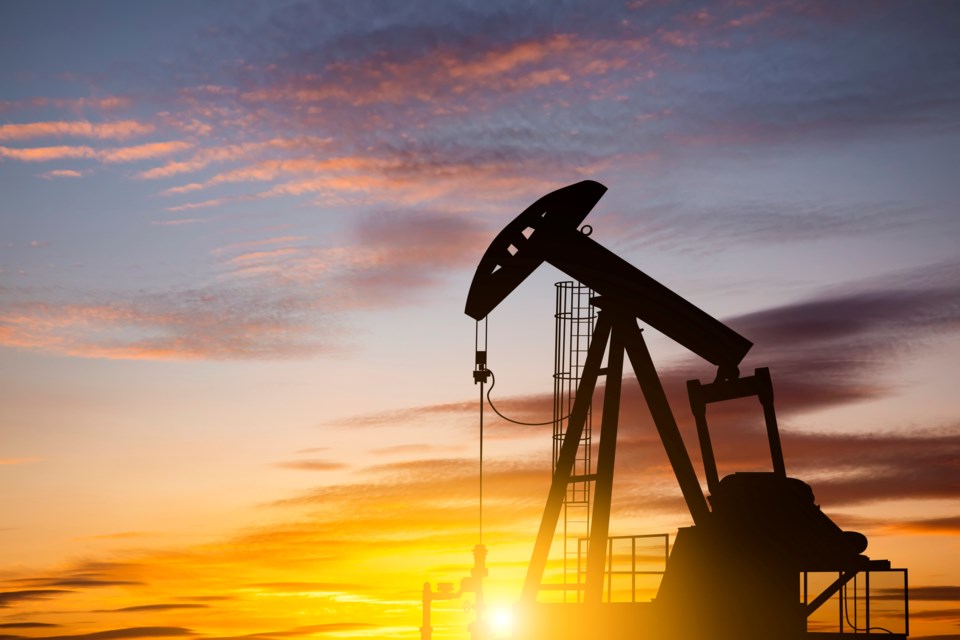A new City of Burnaby financial report outlines its investment strategy and the goal of being socially responsible while still having 2% of its portfolio invested in fossil fuels.
But one Burnaby councillor questioned how that 2% is calculated and if all of the other 98% of city investments are truly fossil fuels free.
The report was presented to the city’s financial management committee on Tuesday and touts the city as a “98% fossil fuel free investor.” The committee was also told that there is no clear timeline for a full divestment and that it will “take time” to achieve due to the financial “risk” involved in the transition.
The issue is a hot topic for governments and other public agencies. Back in November 2021, Simon Fraser University announced a full divestment from fossil fuels by 2025, including indirect investments.
Some investments by governments and their agencies are made in, for example, banks that make the direct investments in fossil fuels.
The city report outlined how it invests and its strategy as far as meeting social goals like action on climate change.
The report says that there are main two components of the portfolio. An estimated $1.6 billion is fully “fossil fuel free,” while the other $400 million is where the 2% comes from, the committee was told. The Community Charter limits where the city can invest and sets out prescribed asset classes. For example, there are restrictions for cities in investing in corporate debt.
The city has money invested in pooled funds with the Municipal Finance Authority of British Columba (MFA), of which Mayor Mike Hurley is a member. The committee was told that the MFA has a goal of being a low carbon fund with an eye towards full divestment from fossil fuels at some point in the future, but that there is no definite timeline.
Coun. Alison Gu, a member of the committee, said at the meeting that the phrase “fossil fuel free” seems to be a matter of market definition or “interpretations” of what actually constitutes investments connected to fossil fuels. Gu worried about investments in certain banks in which there might be “shell companies” that are ultimately connected to fossil fuel projects.
“We’re trusting the market now with what they are saying,” Gu told the committee. “Banks are not neutral players all of the time.”
Gu tried to introduce a motion directing city financial staff to develop a structure for determining the proportion of investment in specific banks, since some of them fund fossil fuel projects more than others. Gu said bank investments aren’t scrutinized enough.
But Gu was then told by Coun. Sav Dhaliwal that the committee would not be supporting the motion so it wasn’t seconded and ended there.
Dhaliwal said at the meeting that city staff know what the goal is as far as divestment goes and work with the MFA towards that goal.
“There’s only so much we can do,” he said.
Dhaliwal then added that the city owes taxpayers a duty to invest in a way that reduces risk to the portfolio.
“The community, the taxpayers are expecting returns every year also that we need to meet,” he said.
Burnaby had a $45.48 million (2.22%) return on investments, down from the 2020 amounts of $55.8 million and 2.82%.
According to the report, the city is projecting an annual yield of 2.65% on its investments for 2022, translating to $55 million in investment interest income – which would represent an increase over 2021.



